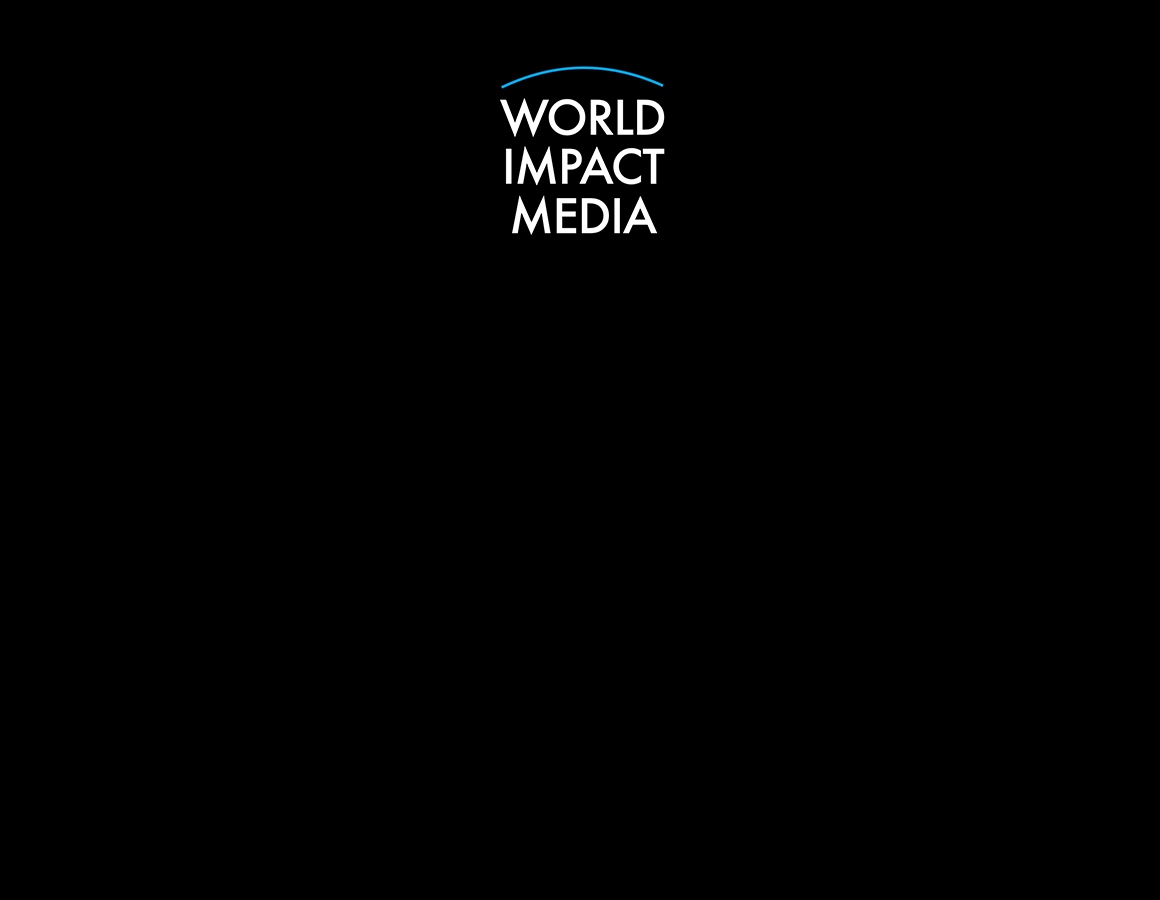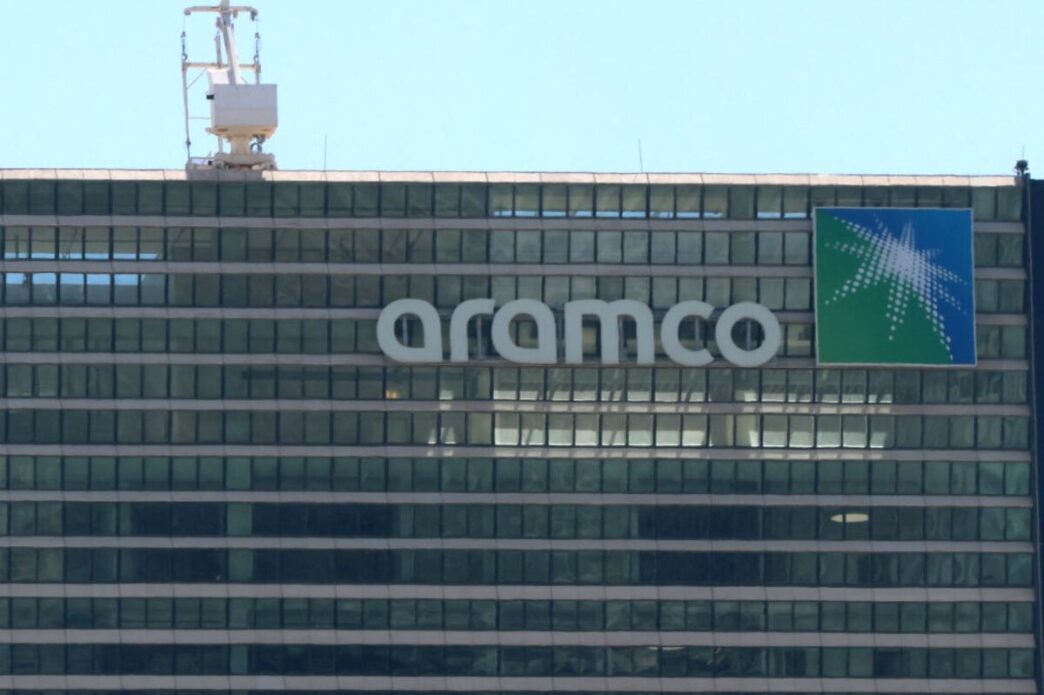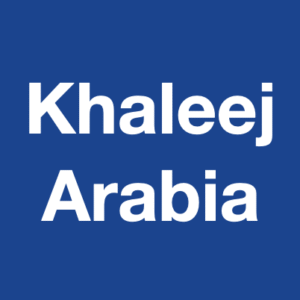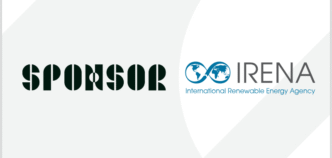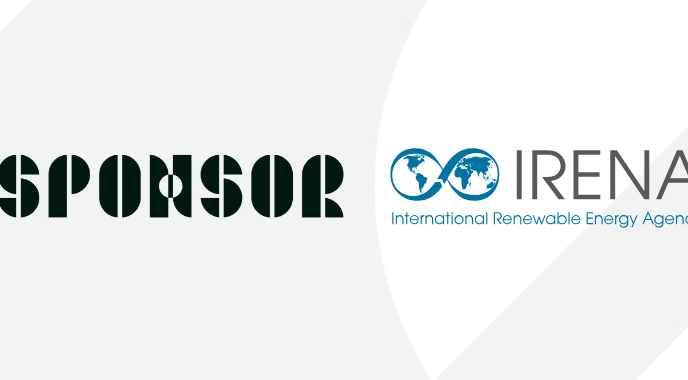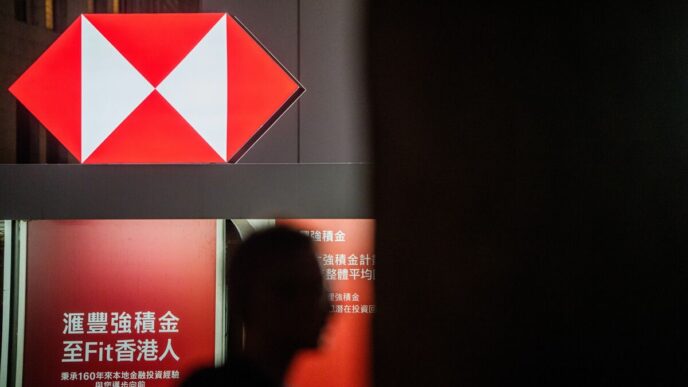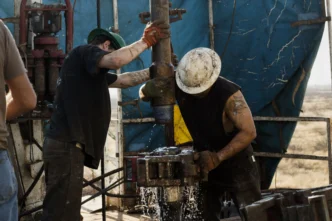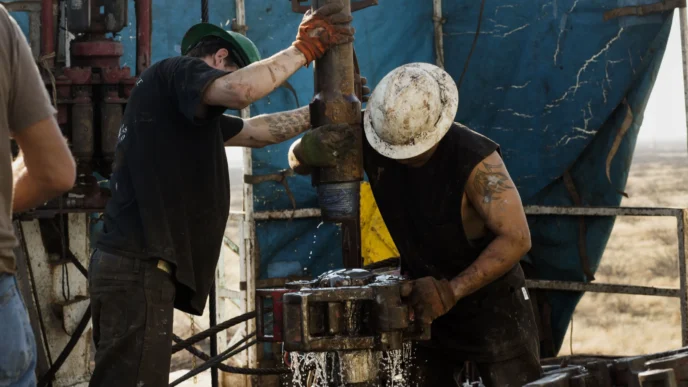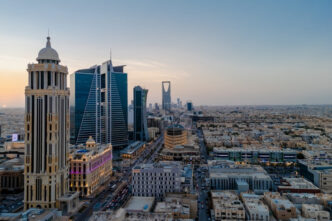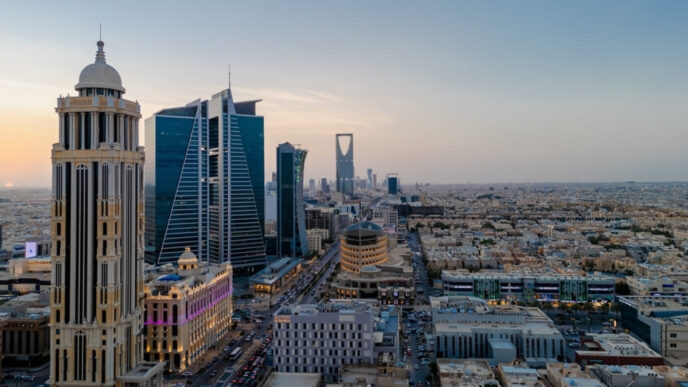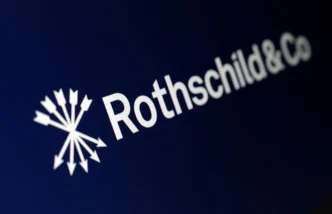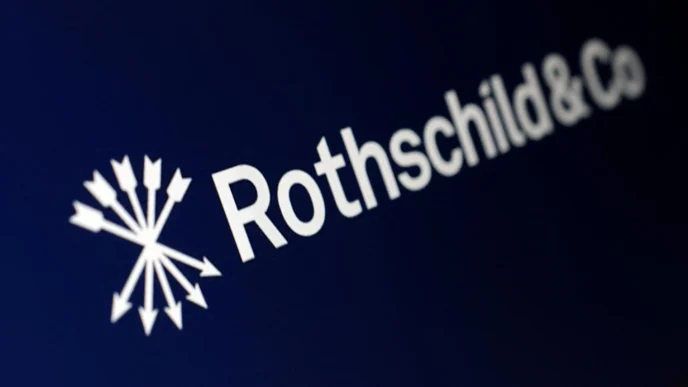For decades, Saudi Aramco has been revered as the crown jewel of the global energy industry—the world’s largest oil producer, the backbone of Saudi Arabia’s economy, and a corporate colossus capable of weathering commodity cycles better than any of its rivals. But in 2025, the narrative is shifting. Despite near-record oil output and a market value still hovering near $2 trillion, Aramco is once again facing a credibility gap with Wall Street, underscored by its latest financial maneuver: borrowing money to fund its dividend.
The move has raised eyebrows across global markets and rekindled doubts about whether Aramco can balance its dual mandate of being both a commercial powerhouse and the Saudi state’s primary cash machine.
A Dividend Too Heavy to Carry
At the heart of investor concern is Aramco’s dividend policy. Since its record-breaking $29.4 billion IPO in 2019, the company has promised shareholders—most notably the Saudi state itself—a guaranteed and ever-growing dividend. For Riyadh, the payout is not just an investor perk; it is a lifeline, funding the government’s ambitious Vision 2030 economic diversification program and covering generous public spending commitments.
But dividends at this scale are proving difficult to sustain. In its latest earnings report, Aramco confirmed that it had to raise debt to cover the payout, even as oil prices remain relatively strong. Borrowing to pay dividends is widely seen on Wall Street as a red flag, signaling that a company’s cash generation cannot meet its shareholder obligations without financial engineering.
Market Reaction: A Familiar Thumbs Down
The borrowing move triggered another wave of skepticism from analysts. Investment banks and ratings agencies have long argued that Aramco’s financial strategy is unsustainable. Unlike private-sector oil majors such as ExxonMobil or Shell, which can adjust dividends in response to commodity cycles, Aramco is politically bound to maintain payouts, regardless of global conditions.
The company’s shares reflected this unease, slipping after the earnings announcement and underperforming both Western oil majors and benchmark indexes. “Wall Street is essentially saying: this is not how a commercial energy company behaves,” one analyst told Bloomberg. “It’s how a state treasury behaves.”
The State vs. the Market
The tension lies in Aramco’s hybrid identity. On one hand, it is expected to operate with the efficiency and profitability of a private-sector giant. On the other, it is an extension of the Saudi government, responsible for funneling wealth into national development projects and supporting social spending.
That dual role has made Aramco unusually vulnerable to market scrutiny. While Saudi Arabia continues to enjoy dominance in OPEC+ and vast reserves of cheap-to-extract crude, investors are increasingly weighing long-term risks:
- Dependence on high oil prices: Without crude consistently above $80 per barrel, Aramco’s dividend math becomes precarious.
- Capital expenditure needs: Maintaining output and investing in new energy technologies require billions annually—capital that could otherwise fund dividends.
- Energy transition pressures: As the world accelerates its pivot toward renewables and carbon neutrality, oil’s long-term demand trajectory remains uncertain.
Borrowing and Debt Dynamics
Aramco’s recent borrowing is not unprecedented; the company has tapped debt markets before. However, this time the proceeds were directed not toward expansion or investment, but toward sustaining payouts. That distinction is crucial.
Analysts worry that repeated reliance on debt could weaken Aramco’s balance sheet over time. While the company still boasts one of the lowest production costs in the industry and access to favorable financing, the optics of borrowing for dividends play poorly with international investors who expect fiscal discipline.
Saudi Priorities Take Precedence
From Riyadh’s perspective, maintaining the dividend at all costs is non-negotiable. The Saudi state owns more than 90% of Aramco, meaning the vast majority of payouts flow directly into government coffers. Those funds bankroll Crown Prince Mohammed bin Salman’s Vision 2030 megaprojects—from futuristic city-building ventures like NEOM to massive infrastructure investments designed to reduce dependence on oil.
Cutting dividends would undermine not just Aramco’s investor reputation, but also the Saudi government’s broader economic credibility. For that reason, Wall Street skepticism may have little immediate effect on Aramco’s strategy.
Looking Ahead: Can Aramco Reconcile the Two Worlds?
The key question is whether Aramco can reconcile investor expectations with state demands. Some analysts believe the company will need to moderate its dividend growth trajectory or find creative ways to raise additional non-oil revenues. Others argue that investors should accept Aramco for what it is: not just an oil company, but a sovereign wealth engine wearing corporate clothes.
Ultimately, the market’s skepticism matters less to Riyadh than global oil demand does. As long as crude prices remain robust, Aramco can borrow, pay, and maintain appearances. But if demand falters—or if debt becomes harder to roll over—the company could face a sharper reckoning.
Conclusion
Saudi Aramco’s decision to borrow money to pay its dividend may satisfy Riyadh’s immediate financial needs, but it has reinforced Wall Street’s doubts about the company’s long-term financial discipline. Investors are left questioning whether Aramco is a modern energy major or simply the fiscal arm of the Saudi state.
For now, the dividend is safe. But as the global energy transition accelerates and borrowing costs fluctuate, the world’s most valuable oil company may find it increasingly difficult to keep everyone—Riyadh, Wall Street, and its minority shareholders—on the same page.
